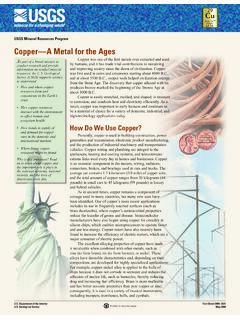Transcription of Vehicle Exhaust Extraction System Design Guide
1 Vehicle Exhaust Extraction System Design GuideDesigning a HeaLTHieR WORK enViROnMenT 2 HOW TO use THis guiDeFor more than 40 years, Plymovent has been a global leader in developing systems and expertise to ensure your facility selects the right equipment for source capture ventilation. Plymovent offers Construction Specifications Institute (CSI) format, Division 23 Exhaust System specifications. We support architects and engineers with public works garages, mass transit servicing areas, vocational schools, truck and heavy equipment repair, military repair, airport servicing areas, and others. In addition, Plymovent provides expertise and guides to help you with fire station and EMT facility Design and you examine a facility to determine the most effective way to capture and extract dangerous Exhaust , you can rely on Plymovent experts to share their experience with installing thousands of systems in a wide range of this Guide we provide a Design checklist you can use to determine requirements and determine proper air flow, hoses, ductwork and fans.
2 We walk through the many challenges you may face as you determine the needs of for your particular facility. Plymovent and our distributor network have the experience and knowledge to help you work through these questions and offer a solution to almost any application. We invite you to contact Plymovent and our authorized distributors with any questions you HazaRDs Of DieseL Exhaust Exhaust fumes and pollutants can impair health as well as safety. Specifically, diesel Exhaust (as soot or chemical extracts) has been found to cause changes in cells DNA. International Agency for Research on Cancer (IARC), part of the World Health Organization (WHO), classifies diesel engine Exhaust as carcinogenic to humans, based on sufficient evidence that it is linked to an increased risk of lung cancer.
3 The US National Institute for Occupational Safety and Health (NIOSH), part of the CDC, has determined that diesel Exhaust is a potential occupational carcinogen. 3 WHY DieseL Exhaust Extraction sO iMPORTanTDiesel engines produce a mixture of toxic gases and particulates from the combustion process. These hazardous Vehicle Exhaust emissions in a garage or storage facility represent the most significant cancer health risk and a serious legal liability to the owners and operators of these buildings. It is essential to create healthy and safe working conditions by reducing these risks.
4 Protective measures are an important aspect of this Exhaust removal systems are recommended for existing and new facilities, to make sure that legal exposure limits are not exceeded. Plymovent is a global leader in providing systems that capture, extract and remove gas and diesel Exhaust emissions, creating a cleaner and healthier work THis guiDeGather Facility and User Details Page 4 Calculate Airflow Volumes Page 6 Select the Right Exhaust Removal System Page 8 Select the Proper Hose Page 10 Select an Exhaust Fan Page 11 Select a Tailpipe Adapter Page 12 Select a Fan Starter Page 13 Design the Ductwork System Page 14 Calculate Static Pressure Page 15 4gaTHeR faciLiTY anD useR DeTaiLs1.
5 What type and size vehicles will be serviced?2. Are there multiple-sized vehicles being serviced within the facility? a. Does the facility provide dedicated service bays for cars, light trucks and other areas for larger vehicles?3. What are the engine operating conditions? a. How long and under what conditions will the engines be run? Generally speaking, 10 to 15 minutes running at idle do not present temperature problems. b. Are the engines placed under load while testing AC units, transmissions, hydraulic testing or other Power Take Off operations? These will all increase Exhaust volume and temperatures. c. What type of fuel is being used?
6 For example, vehicles fueled by Compressed Natural Gas (CNG) can present a number of How big are the work areas? a. Service bays for cars (or small work areas ) do not generally require long hoses. However, open plan service areas ( large work areas ) may require a boom arm or motorized hose reels with long Exhaust How many mechanics are there vs. the number of service bays? Do you need Exhaust flow for every service bay at once? a. Can a single hose / hose reel serve two work areas that are side by side? 6. Gather data on ceiling height, light fixtures, HVAC ductwork, overhead cranes and the type of building structure; all of these need to be considered when laying out and selecting equipment.
7 7. Understand height requirements. Generally spring recoil hose reels are mounted at 12-16 AFF; motorized hose reels can be mounted higher. It may make sense to initially mount the reel lower so a shorter hose can be used, thereby lowering future hose replacement cost if How many fans will you need? Will a fan be provided with each hose or hose reel? Or is a centrally located fan the better choice? Should the fan be located inside or outside? Keep in mind that while an outside-mounted fan reduces noise, it may be more difficult to Determine fan start/stop options and automated fan speed controls. Proper controls provide required ventilation where and when it is needed.
8 This is done with a combination of high-quality motorized dampers, pressure transmitters and a variable frequency drive control box. 5 Simple systems with two to five hoses could be set up with a single fan and 100% usage; larger systems will typically only have a 35-40% usage factor and lend themselves to automated airflow controls with Plymovent DCV fan controllers. This type of control System can handle a large number of hoses/hose reels with a much smaller fan. Consider adding a DCV controller and dampers to an older System , or expand an existing fan capability. 10. Tailpipe adaptors - what kind of tailpipes does the fleet have?
9 A. Undercarriage? b. Rear of Vehicle ? c. Underneath chassis, behind the cab? d. Vertical Stack Exhaust ? (Single stack or dual stacks?) e. Combination of these tailpipes? f. Are tailpipes accessible? g. What are the tailpipe diameters and shapes? Can you connect with one standard nozzle, are multiple tailpipe adapters needed, or is a custom solution needed?11. Where are the equipment mounting points? a. Consider the wall or column to which you can attach the hose reel or boom arm. Steel columns and masonry walls are ideal for mounting hose reels or boom arms because of their strength and stiffness. Sheet metal structures may be problematic for mounting boom arms due to the bending torque of the boom to the mounting point.
10 Very high ceilings and overhead cranes may present a challenge, as well as ductwork, piping and other How much electrical power is available? a. Do you have sufficient amperage and slots for new breakers in the electrical panel? Keep in mind that DCV controllers only operate on three-phase a 20 hose drop System , operating at 500 cubic feet per minute (CFM) per hose. This would require a fan that could Exhaust 10,000 CFM. The same System with a Demand Control Ventilation (DCV) controller and designed at a 40% usage factor (eight hoses in use at once) would need a fan suitable for 4,000 CFM.
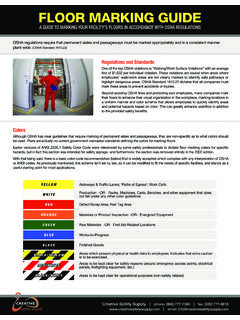
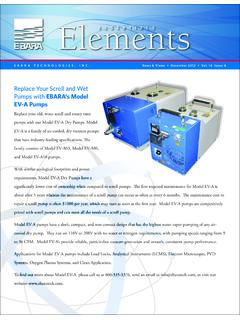
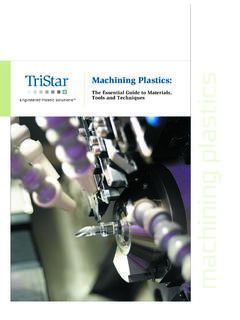
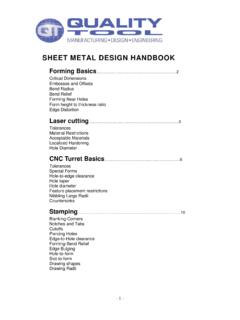
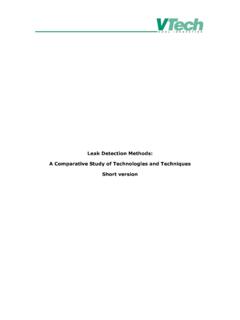
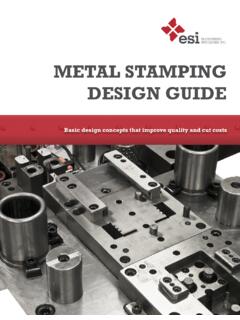
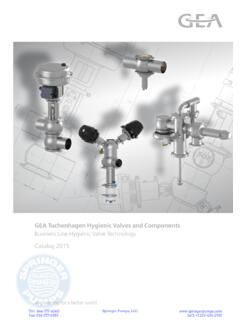
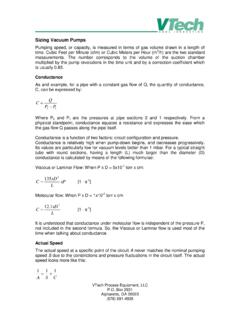
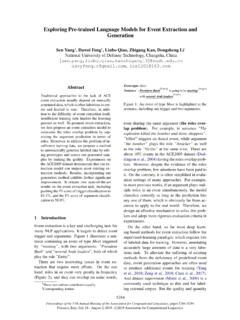

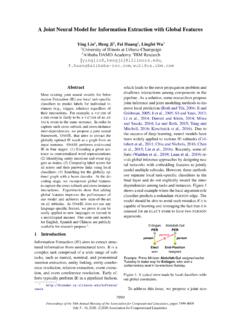


![arXiv:2111.12085v1 [cs.CV] 23 Nov 2021](/cache/preview/4/0/b/2/2/0/a/0/thumb-40b220a05d3a3b8d09c6b126774b4d54.jpg)

